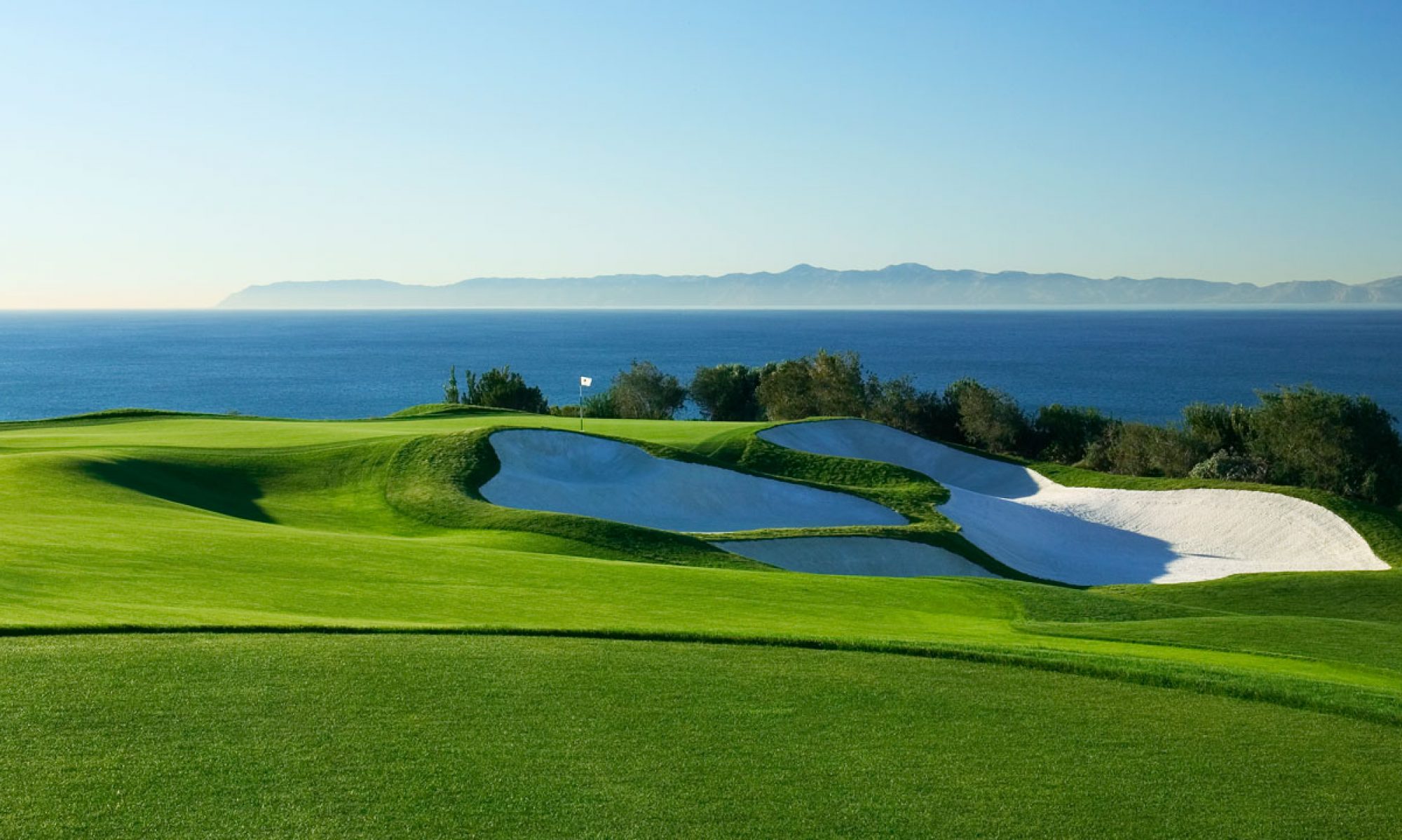St. Andrews, located in Scotland is widely credited as the birth place of golf, with the game dating back to 1400 AD. Though it is believed that stick and ball games have been around for many centuries, golf as we know it today, played over 18 holes, is clearly originated in Scotland. The word golf, or in Scots language gouf, is usually thought to be a Scots alteration of Dutch “colf” or “colve” meaning “stick, “club”, “bat”.
St. Andrews has seven courses – the Old Course, Castle, New, Jubilee, Eden, Strathtyrum and Balgove course. They all are magnificent, but the Old course stand far ahead of all because of its long history that dates back to 1552 (though no evidence is available when exactly the 1st round was played).
To win at St. Andrews is the Ultimate – Tiger woods
When the British Open is in Scotland, there’s something special about it. And when it’s at St. Andrews, it’s even greater – Jack Nicklaus
The more I studied the Old Course, the more I loved it; and the more I loved it, the more I studied it – Bobby Jones
The Old Course originally had just 12 holes, but 10 of them were played twice for a total of 22 holes in a round of golf. That changed over the centuries until 18 holes became the standard at St. Andrews in the 1760s, and then not surprisingly that became the standard around the world. Designed by “Mother Nature” herself (the groundskeepers don’t even water the grass on the course, rather just mow it) the Old Course may not be the longest or the most difficult course but its’ charm and the atmosphere that surrounds it makes it truly special.
Each and every year, thousands of golfers make the pilgrimage to St Andrews in the hope of playing the Old Course. Being public, anyone can play on the St Andrews Old Course but you must have a handicap. For men, their handicap cannot exceed 24, for women it is 36. Don’t have a handicap yet? Sign up for one here. You wouldn’t want to miss out checking this one off your bucket list!

